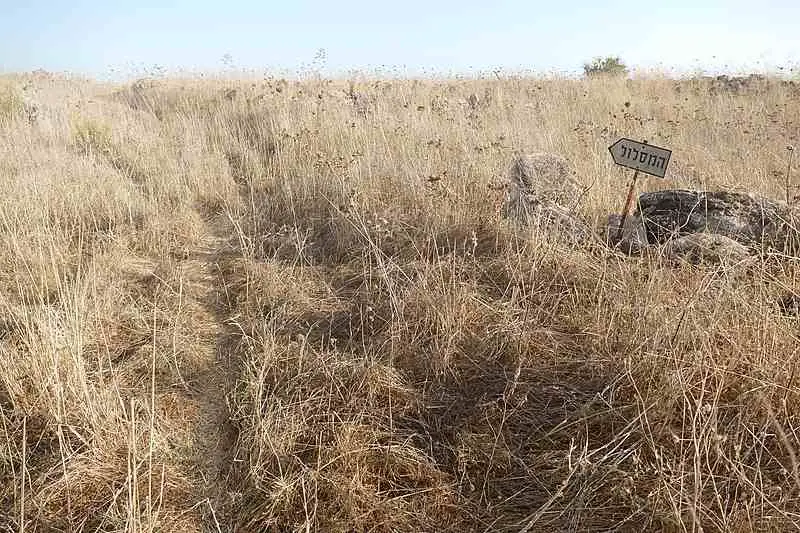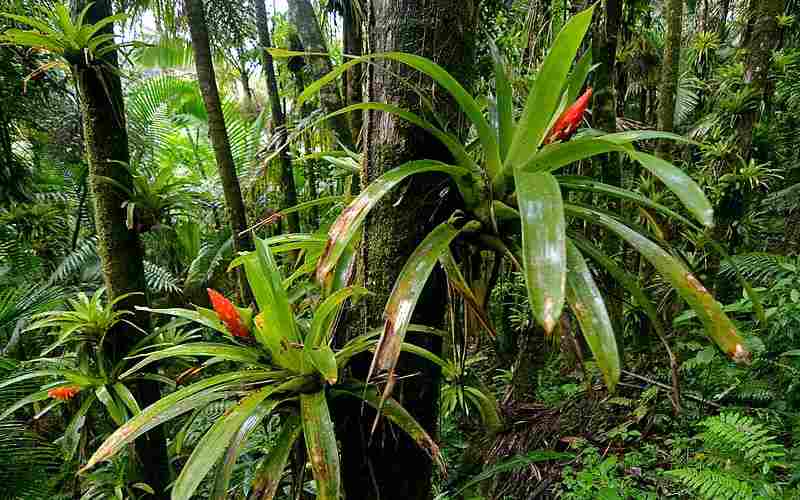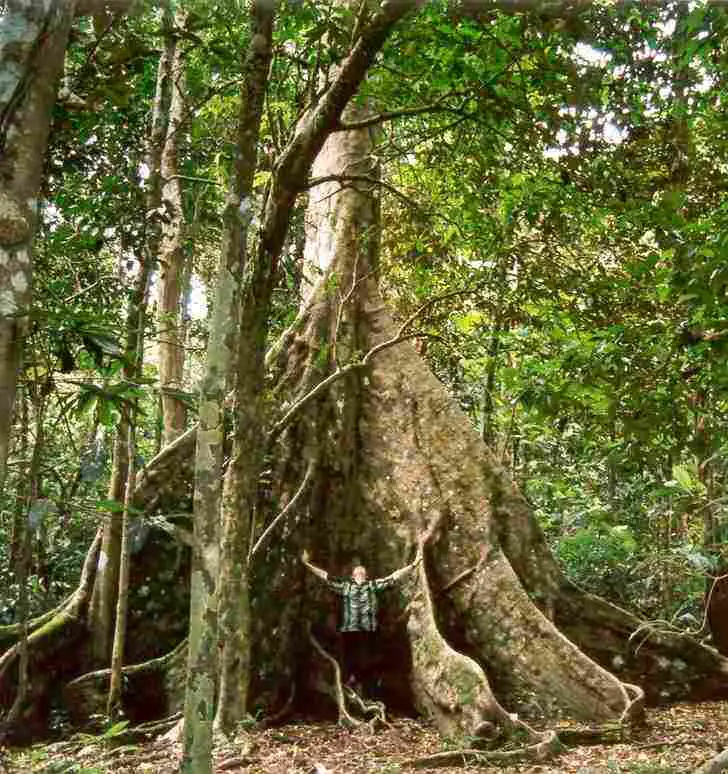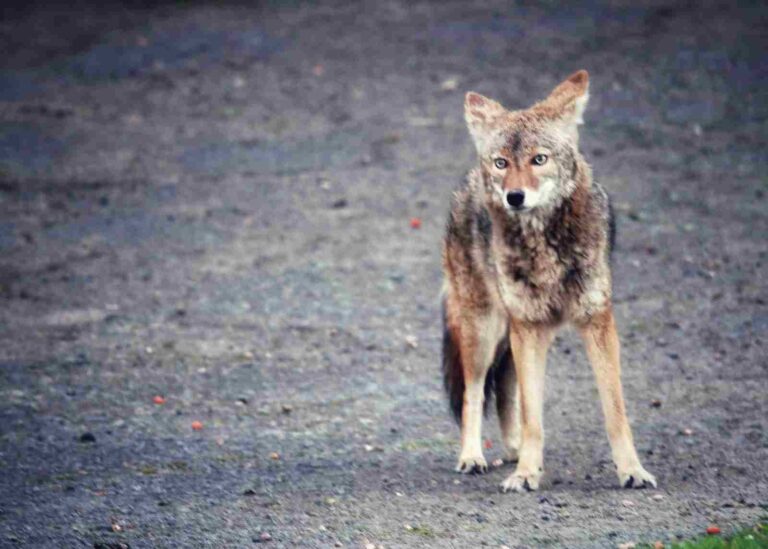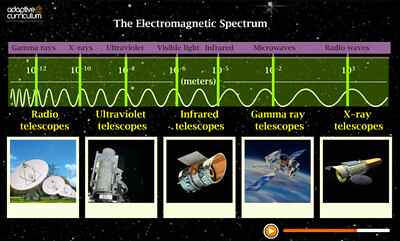Savanna Climate Characteristics and (5) Elements Discussed
Savanna climate is characterized by variable temperature and atmospheric pressure, seasonal precipitation, relatively-intense solar radiation, and variable humidity.
This article discusses the concept of savanna climate and its characteristics, as follows;
1). Temperature in the Savanna (as one of the elements of Savanna Climate)
Temperature in the savanna ecosystem is a variable abiotic factor that changes with the times and seasons on a yearly basis.
Factors that affect temperature in the savanna include elevation, proximity to water bodies and humid ecosystems (like the tropical rainforest), and latitude [2].
There are distinct seasons which occur in the savanna, namely; wet and dry seasons. Each of these has its temperature conditions.
Temperature of the savanna in wet season is relatively high; and ranges between 20°C and 35°C, with some zones exceeding this range.
In hazardous events like heatwaves, extremely high temperatures may be recorded; posing a threat to the survival of savanna plants and animals.
Dry season in the savanna is characterized by lower temperatures than the dry season, with a range that falls between 20°C and 30°C on average.
Diurnal changes in temperature are typical of the savanna grassland; whose geographic position is usually proximal to deserts or semi-arid zones.
The value of temperature varies significantly between day and night periods; with a margin as large as 10°C to 15°C in several cases.
Temperature in the savanna varies from one specific eco-region to another; so that African savannas closer to the equator experience higher levels of temperature (on average) than savannas further away from the equator, such as those occurring in Australia.
In the same vein, savannas at higher altitude/elevation are prone to lower temperatures and cooler climatic conditions, than their counterparts at lower altitude.
Based on applicable classification schemes, the climate of the savanna is called tropical grassland climate; and has typical attributes like distinctive dry and wet seasons, changes in precipitation levels, and diurnal temperature variations.

2). Precipitation in the Savanna
Precipitation in the savanna has distinctive attributed like dry and wet-seasonal variations, each of which has a different, average amount of precipitation.
Factors influencing the amount of precipitation received by the savanna ecoregion include; proximity to water bodies and humid ecosystems, elevation, topography, as well as latitude.
The type of precipitation that occurs in the savanna is rainfall.
Higher amounts of rainfall are received in the wet season, which reduces notably with the onset of dry season. There are spatial differences in the intensity and seasonality of precipitation from one section or geographic zone of the savanna to another.
Precipitation in the African savanna is between 500 and 1,500 millimeters on average. In some areas, values above 1,600 mm have also been recorded [1].
There is high variability in the geographic distribution of rainfall across savanna regions, such that sections closer to the equator are likely to receive much more rainfall than sections at grater distance from the equator.
Precipitation is closely tied to air current-dynamics. The wet season occurs as a result of cumulative condensation of water vapor in humid air masses from proximal water bodies. This explains why savanna regions close to aquatic ecosystems like oceans, lakes and ponds generally receive more rainfall each year.
In the dry season, most of this condensate has already been released from the atmosphere, prompting a season with little to no rainfall.
Savannas have low precipitation compared to forests, but receives higher amounts of rainfall than typical arid and semi-arid biomes.
This enables savannas to support more biodiversity than arid regions; and accounts for their higher species-richness and availability of resources.
3). Atmospheric Pressure in the Savanna (as one of the elements of Savanna Climate)
Atmospheric pressure and wind are closely-related elements of climate in the savanna, and play important roles in influencing the abiotic and biotic conditions of this ecosystem.
Basically, atmospheric pressure is the force exerted on a given area or location by the weight of regional air masses.
The savanna is mostly located in tropical areas, at greater distance from the equator than rainforests. Here; air masses are driven in convective cycles by differences between the densities of warm and cool air.
It is fairly common for air pressure to be high, as a result of the continuous descending of cool air masses close to the ground as warm air ascends into the upper atmosphere.
Changes in savanna atmospheric pressure are not very frequent, although the zone of highest pressure may vary from one period of the year to another.
High atmospheric pressure close to the ground, is more common in the dry season, because solar heating and air mass-rising are more intense during this period.
In the wet season, atmospheric pressure close to the ground becomes lower than its dry season levels, because condensation and rainfall lead to cooling of warm air at high altitude, and lowers the pressure (and temperature) gradient between the upper and lower atmosphere.
*Wind as a Closely-Related Element of Savanna Climate
The pattern of wind in savanna regions, is linked to the trend of atmospheric pressure, which determines how air masses are circulated.
As air moves between low and high-pressure zones, wind is produced.
The direction of prevailing winds in the savanna depends on regional constraints in the specific geographic location concerned. Wind direction could be northeast-southwest, or east-west trending.
Like temperature, wind (and atmospheric pressure) in the savanna is characterized by diurnal variations.
Typically, daytime atmospheric pressure is low because warm air massed rise above the land surface as they are warmed by the Sun and lose their density.
This causes cool air to be drawn in from adjacent areas like forests and water bodies, to occupy the vacuum left by the risen, warm air.
On the other hand, nighttime is characterized by higher pressure conditions in the atmosphere, so that air masses are drawn out of the savanna to zones of lower pressure in adjacent biomes.
Wind and atmospheric pressure play both physicochemical and biological roles in the savanna; including the long-distance dispersal of seeds and pollen [3].
They may trigger and exacerbate hazards like wildfire outbreak, and influence the adaptive evolution of plants and animals.

4). Solar Radiation in the Savanna
Solar radiation is another climatic element that is crucial to the environmental conditions of the ecoregion, and the functioning of its organic community.
Basically, solar radiation is electromagnetic waves from the Sun, which comprises of visible light and infrared rays among other types of electromagnetic waveforms.
It influences the climate through its infrared rays, which contain thermal energy and can instantaneously alter the temperature of any environment or medium.
Visible light (sunlight) in solar radiation has immense biological importance, as the main form of energy used by autotrophs to introduce biomass into the savanna food chain.
Due to the absence of dense tree-growth, solar radiation enters the savanna with little obstruction. Intense radiation can influence regional micro-climatic conditions, by leading to warm temperatures. This is what occurs in the daytime, especially during the dry season.
At night, the absence of solar radiation causes temperatures to fall, leading to cool environmental conditions.
Ways in which solar radiation influence the savanna include;
1. Regulation of temperature
2. Heating of air masses to generate wind
3. Control of plant evapotranspiration
4. Supply of energy for photosynthesis, and light for diurnal organic activity
5). Humidity in the Savanna (as one of the elements of Savanna Climate)
Humidity is a measure of the amount of moisture in the air or atmosphere.
In savannas, humidity affects the climate, and has a role to play in the overall ecological dynamics of the ecosystem.
Humidity is generally low in the dry season, as a result of lower rainfall and high rate of evaporation.
The highest humidity levels are recorded in wet season, with increase in rainfall. During this period, organic productivity is also highest, as humid conditions support the availability of food sources and favorable environmental conditions for most organisms.
Low humidity is associated with some adaptations in savanna organisms, such as seasonal sheltering among amphibians, and succulent tissues for water conservation in some plant species.
Periods of low humidity also record the highest risk and rate of wildfire outbreaks and vegetation loss.

Conclusion
Savanna climate can be discussed in terms of;
1. Temperature
2. Precipitation
3. Atmospheric Pressure
4. Solar Radiation
5. Humidity
References
1). Abaje, I. B.; Patience, J.; Matazu, M. B. (2018). "Spatio-Temporal Analysis of Rainfall Distribution in Kaduna State, Nigeria." Ghana Journal of Geography, Vol. 10 No. 1. Available at: https://doi.org/10.4314/gjg.v10i1.1. (Accessed 10 June 2023).
2). Montgomery, K. (2006). "Variation in Temperature With Altitude and Latitude." Journal of Geography 105(3):133-135. Available at: https://doi.org/10.1080/00221340608978675. (Accessed 10 June 2023).
3). Tarazi, R.; Sebbenn, A. M.; Kageyama, P. Y.; Vencovsky, R. (2013). "Long-distance dispersal in a fire- and livestock-protected savanna". Ecol Evol. 2013 Apr;3(4):1003-15. Available at: https://doi.org/10.1002/ece3.515. (Accessed 10 June 2023).
